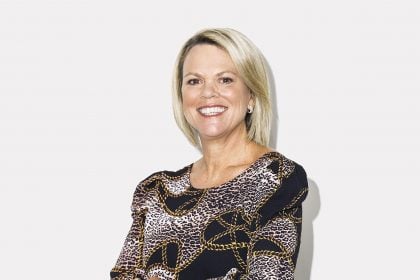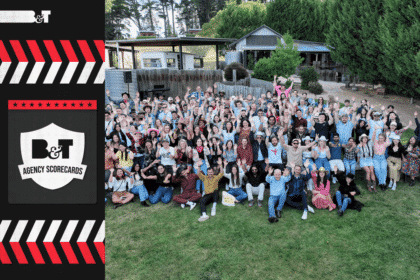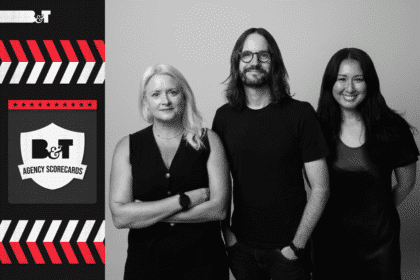B&T was at Tourism Australia’s Destination Australia Conference yesterday, scribbling down plenty of notes from the industry’s best and brightest.
Google made a call back in 2009 to become a mobile first company. Today they have made another call – to become an Artificial Intelligence first company.
“We make big bets as an organisation – we don’t always get them right,” Jason Pellegrino, Google’s managin director for Australia and New Zealand, said.
“We are seeing a confluence of two things – device proliferation and machine learning.”
Pellegrino criticised the silo approach to marketing travel.
“From a marketing perspective, you have to operate in these funnels,” he told attendees.
This paradigm is inaccurate as “we all bounce around”.
The emphasis on reach and conversion is old style marketing, according to Google.
“It’s now moving to two concepts – moving from reach and conversion to attention and assistance,” Pellegrino said.
Reaching people is not hard anymore.
“Converting people is one way but assisting them is where you will get to the heart of what they want to do. That is how we all operate when we step away from marketing,” Pellegrino said.
IPG Mediabrands global CEO Henry Tajer addressed the Destination Australia on tourism marketing too.
Tajer identified a need for sequencing at stakeholder level, with IPG Media statistics showing that a majority of travellers curate and organise themselves from the moment they land.
The travel industry must “take advantage of spontaneous opportunities”, according to Tajer.
Planning timeframes are also shrinking.
“The world has ADD, there’s no question… since 2000 we have lost a third of our attention span. Six seconds is the right measure for attention. You need to land it in three seconds,” Tajer said.
IPG Media statistics show that 72 per cent of consumers are frustrated with generic marketing and were four times more likely to respond to a personalised message.
An application of this in tourism was the Tennessee Match Maker tourism campaign, which used data to create a personal eight-stop pre-roll video based on the viewer’s hobbies and interests.
“Micro targeting can become a mass proposition,” Tajer said.








